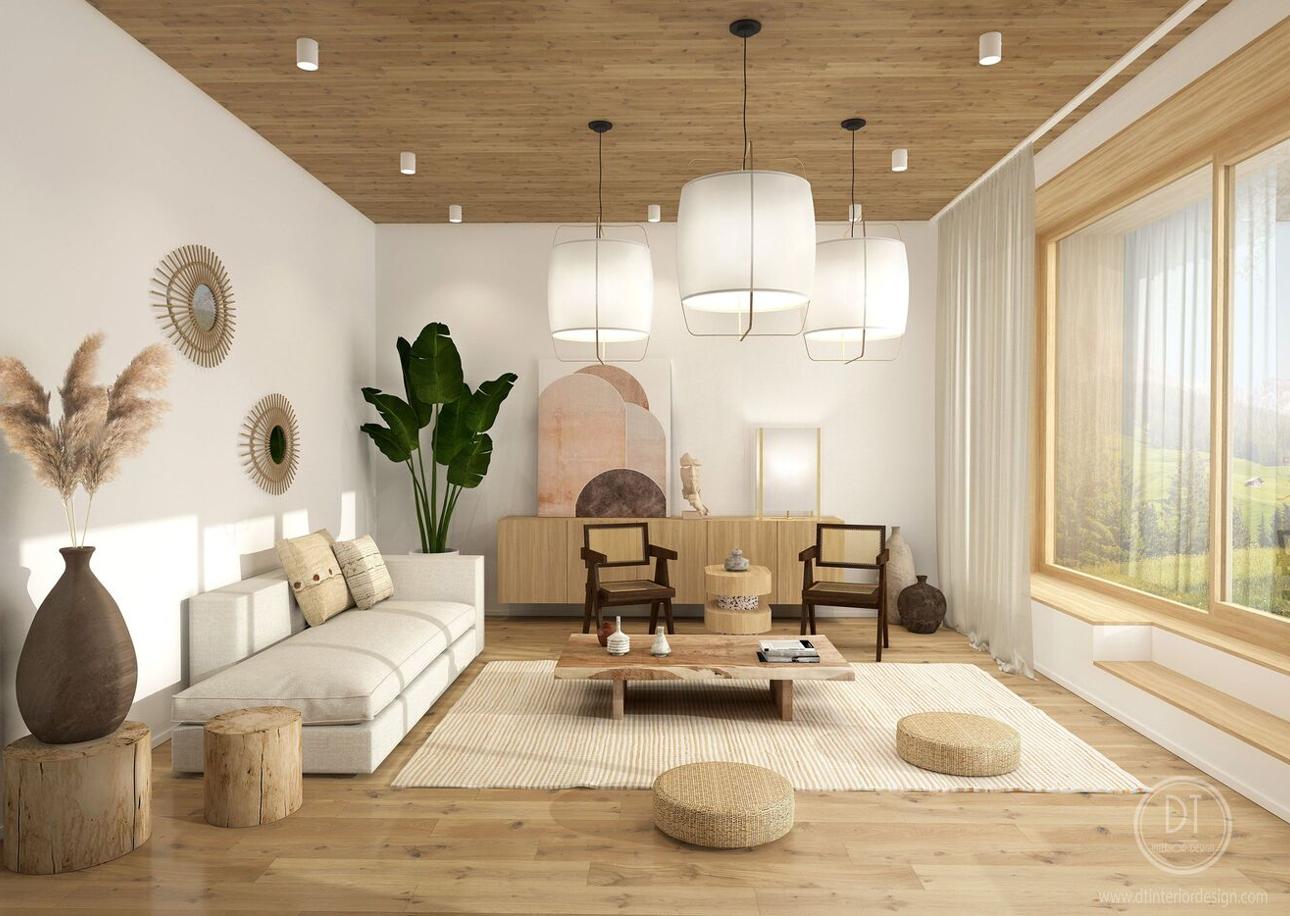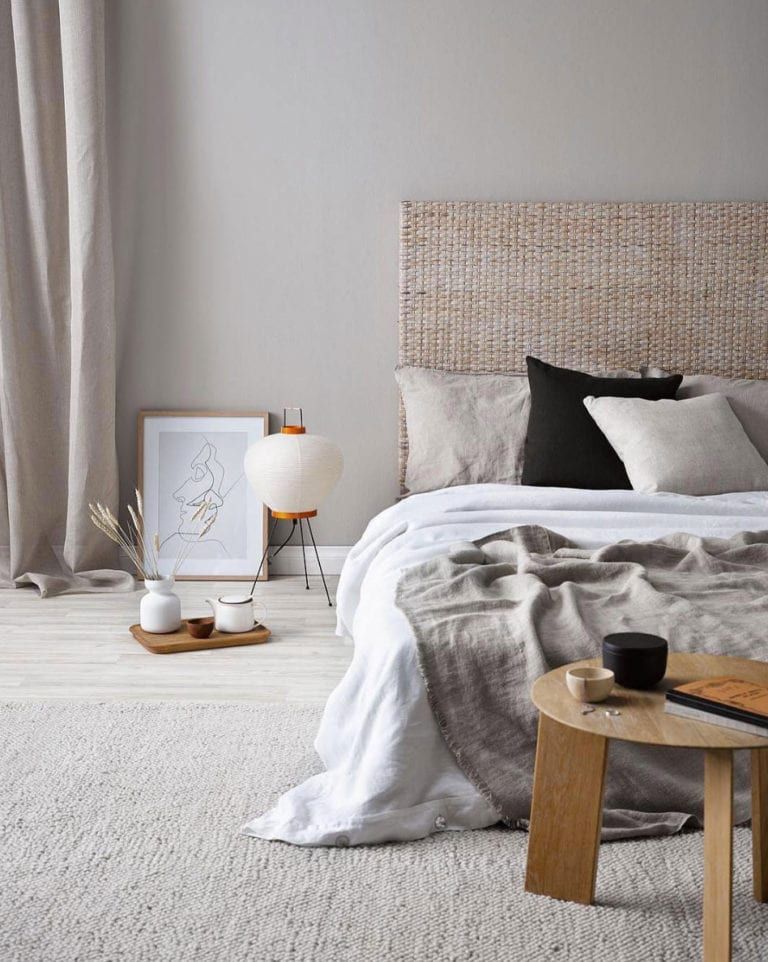Gentlemen’s Guide: Bangkok’s 5 Best Barber Shops
These top 5 barber shops in Bangkok are where gentlemen can elevate ...

The Scandinavian concept of Hygge, or cosiness, has been popular amongst interior design lovers for some time now. In essence, Hygge emphasises the home’s function as a safe space, a sanctuary of comfort. Then, on the Japanese side, there’s the “wabi-sabi” approach, the idea of embracing the beauty of imperfection. Japandi is what results when the two design ethos marry and quite unsurprisingly, Scandinavian aesthetic and Japanese aesthetic are quite compatible. Both appreciate comfort and minimalism, and both tend to be considered by those in the field as exemplars of modern sophistication. If you’re one for a sense of calm and truly appreciate simplicity, then it might be time to turn your home into a Japandi space. Here’s how:

Japandi is marked by aesthetically pleasing and functional furnishing. One of the ways ‘aesthetic’ is achieved is through peaceful, neutral palettes like off-white, beige and even light pink. If this seems a bit too light for your taste, you can contrast them against darker tones like charcoal grey or navy blue. For furnishing, natural material is gold in Japandi and is often coupled with eco-friendliness and hand craftsmanship by default.
You may have already started experimenting with Japandi if you’re a fan of minimalism. One obvious key to Japandi is reducing clutter as the style focuses on open spaces and clean lines. But if you’re having trouble creating a minimal space, try using natural containers like baskets and boxes to hide the items you use every now and then, this will help your space look clutter-free.
Apart from using natural materials, add greenery and plants to your living room to establish a feeling of nature and simplicity. Look for pieces that will work with your decor for the years to come and furniture that is sustainable as Japandi is focused on craftsmanship rather than throwaway culture.
These top 5 barber shops in Bangkok are where gentlemen can elevate ...
Wandering around the globe, try out the signature tastes of cultures across ...
Pets, as cherished members of our families, deserve rights and protections that ...
Sailorr and Molly Santana’s black grills fuse hip-hop swagger with homage to ...
What happens when Bangkok’s dining scene expands beyond the familiar. Ethnic border ...
The dark elegance of Frankenstein’s costume design reveals itself. Gothic and romantic ...
Wee use cookies to deliver your best experience on our website. By using our website, you consent to our cookies in accordance with our cookies policy and privacy policy